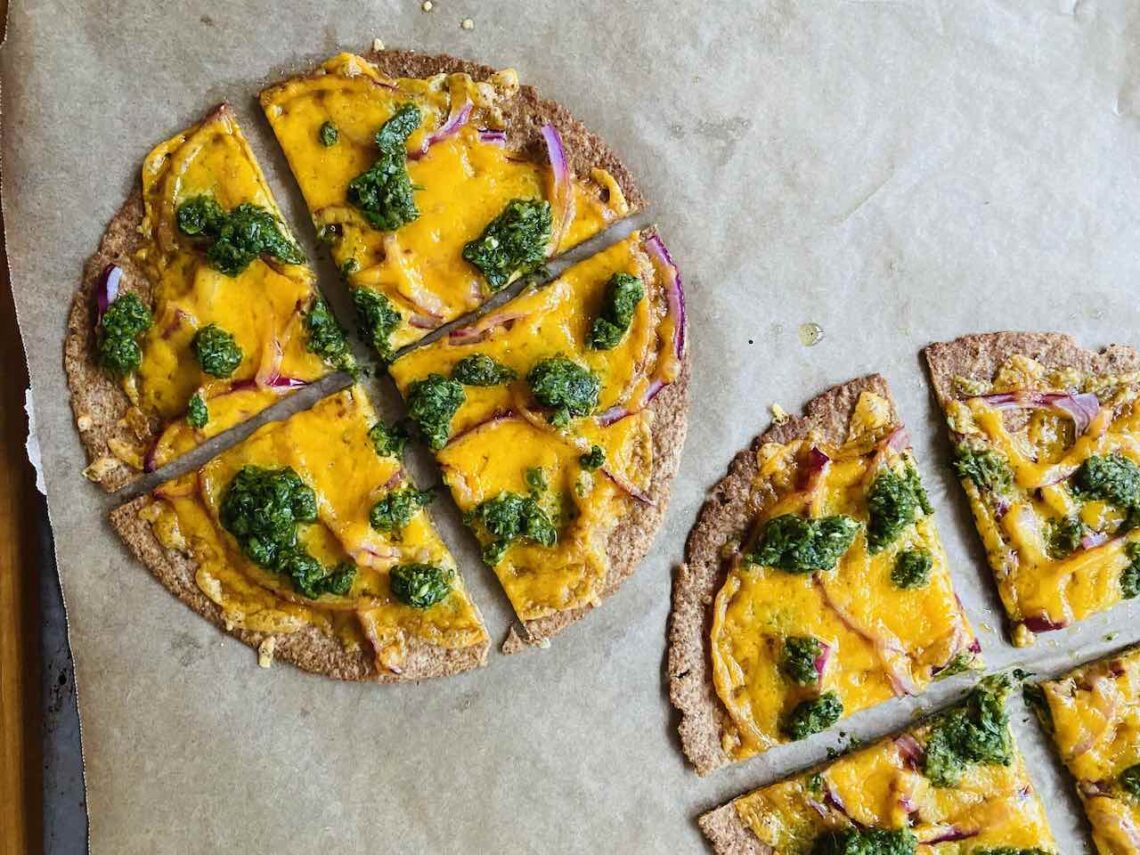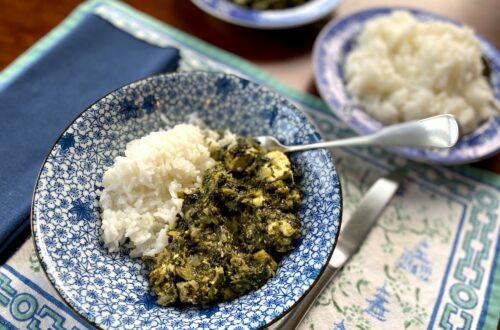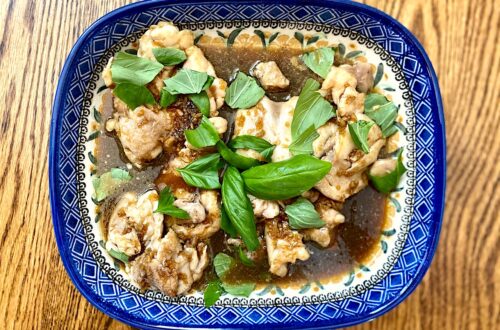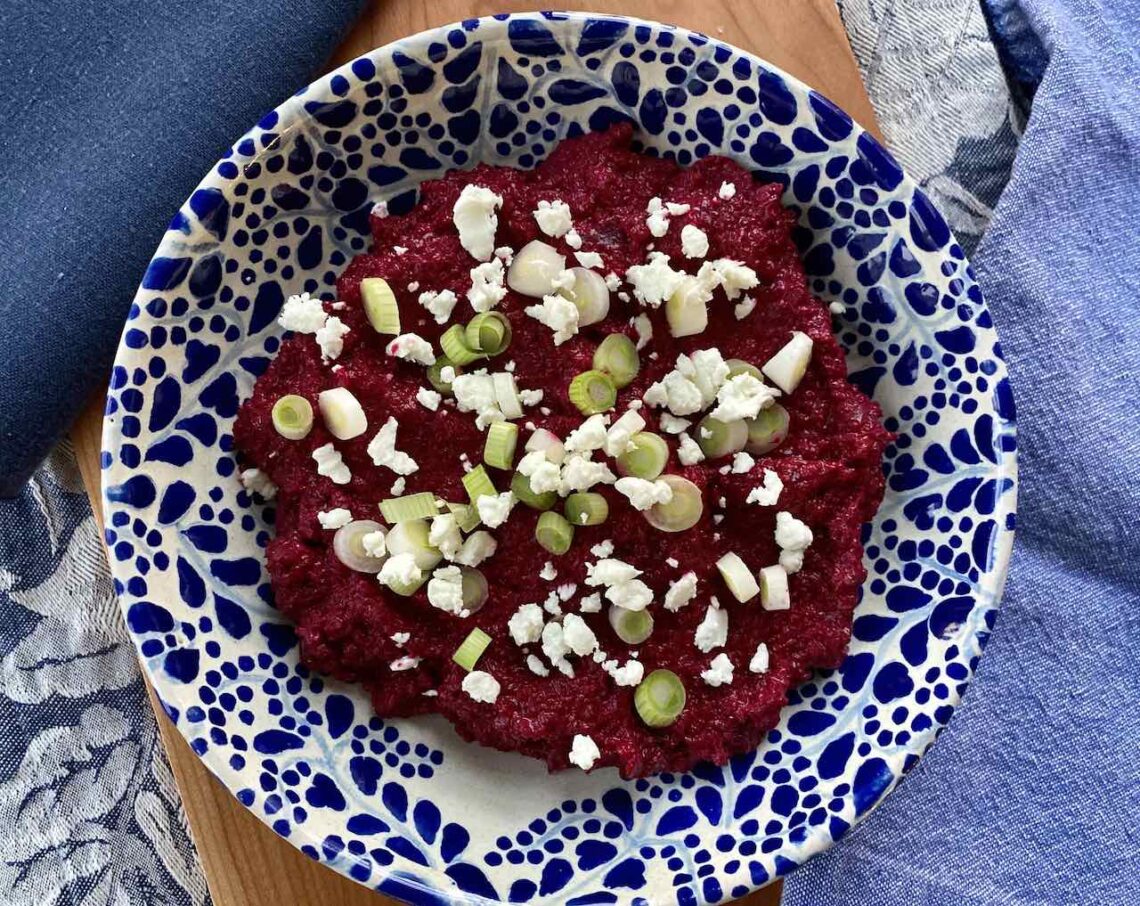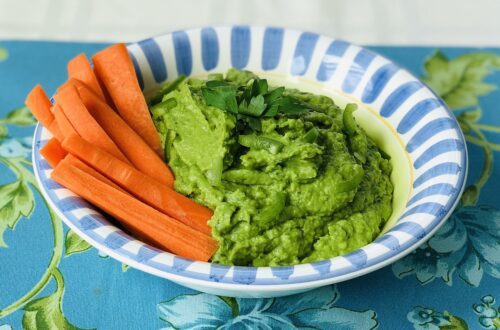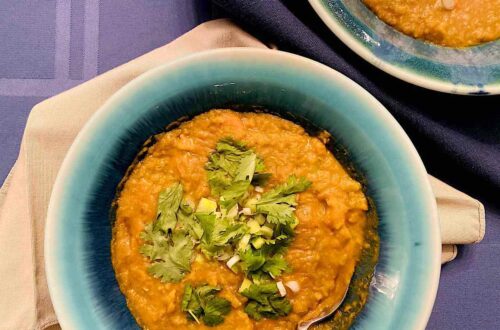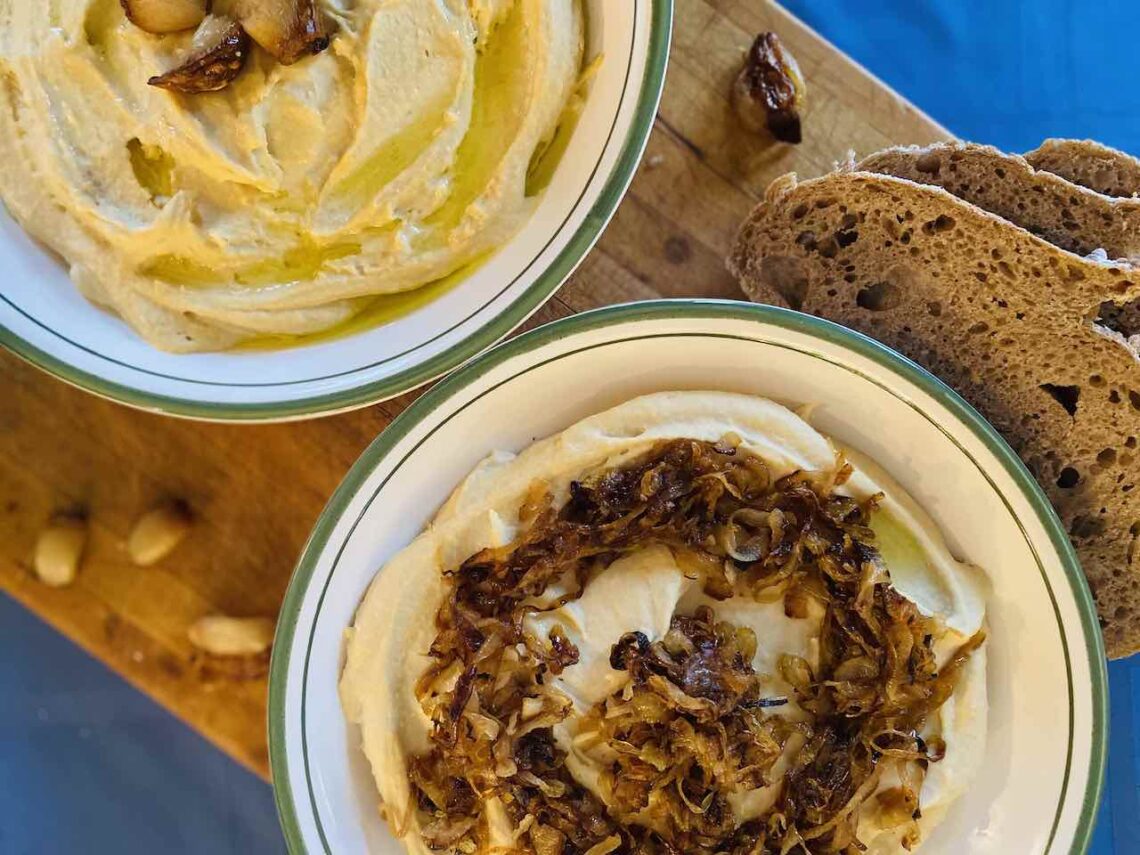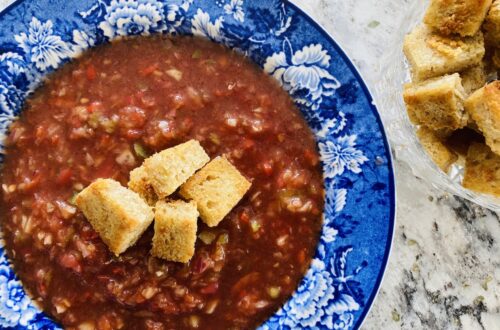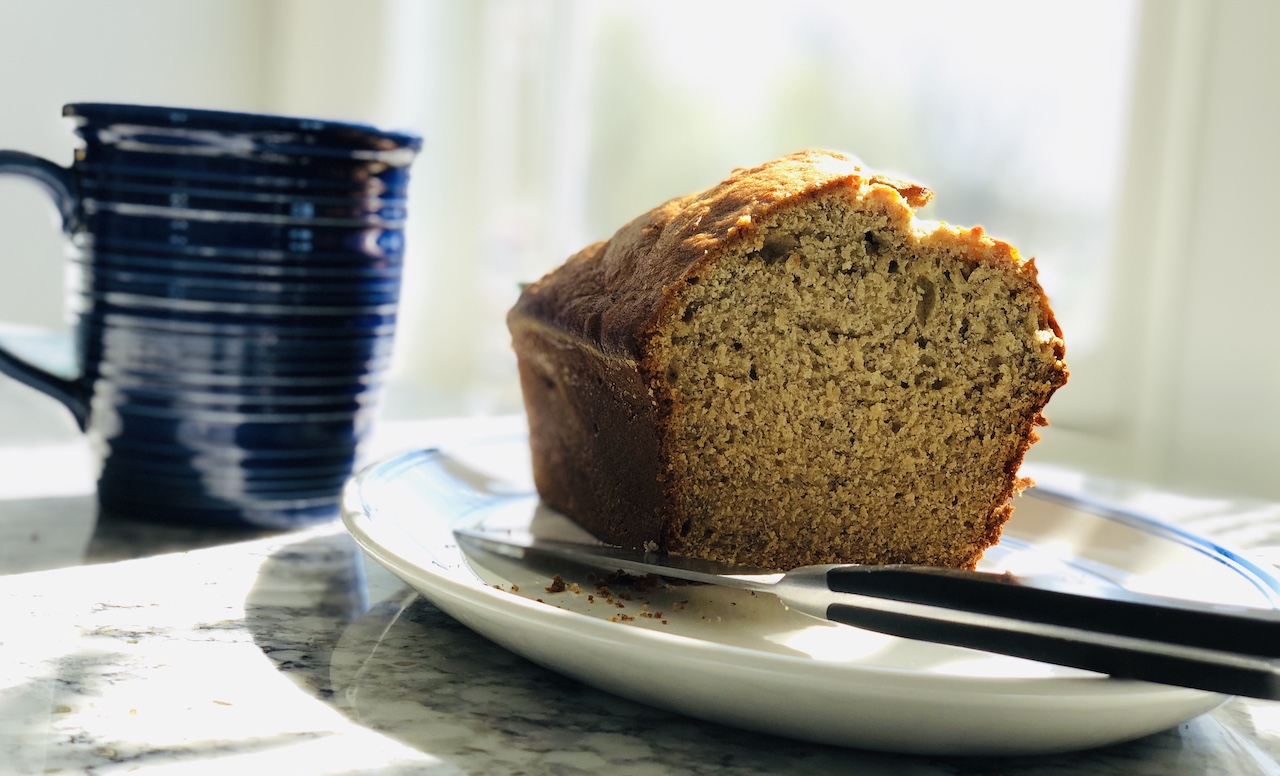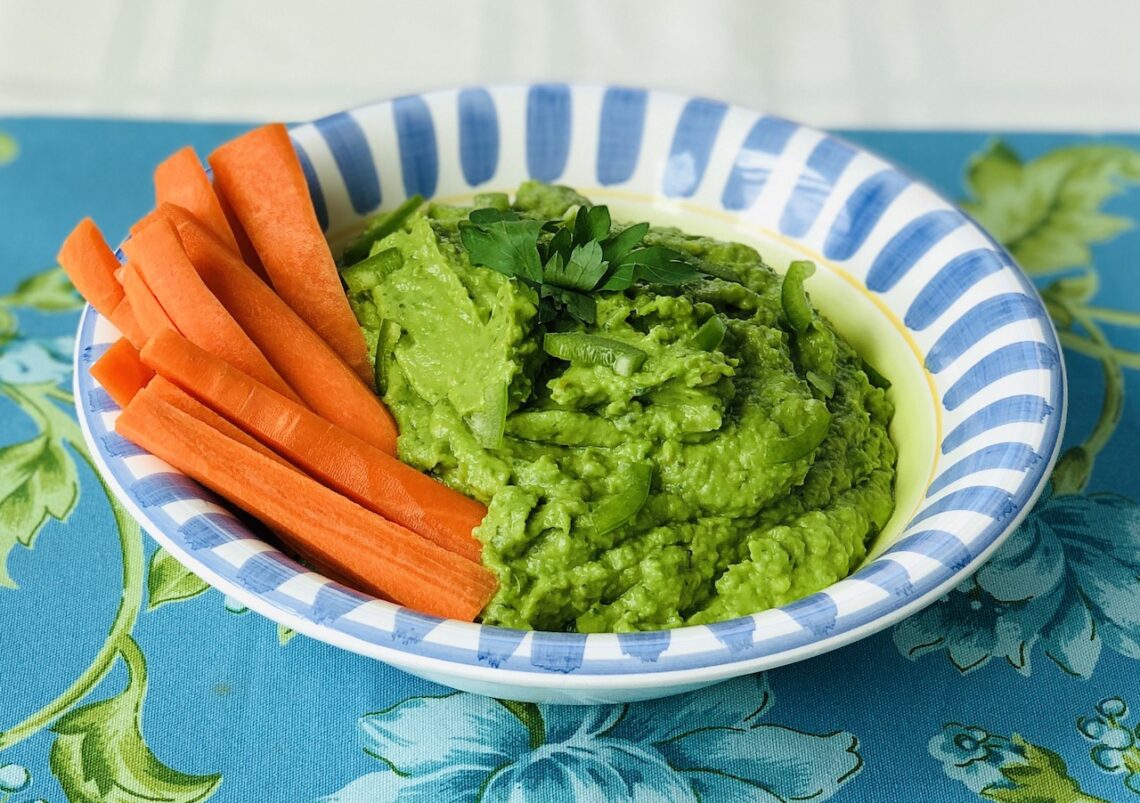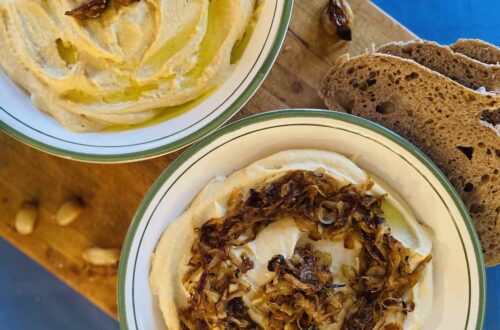Snack
-
Roti Pizza (aka Whole Wheat Tortilla Pizza with Cheddar and Cilantro Chutney)
Every once in a while I come across a recipe that feels as familiar as if I’ve been eating it my whole life. These roti pizzas (which I usually make on whole wheat tortillas) from Priya Krishna’s cookbook Indian-ish, combine the types of food I loved as a teenager, a mixture of grilled cheese sandwiches and Indian food from Rajun Cajun, the best (and only) Indian takeout spot in Hyde Park. These pizzas – with the brightness of red onion, the saltiness of sharp cheddar cheese, and the tang and spice of cilantro chutney – bring together my favorite childhood flavors in a weekday work-from-home lunch (or dinner or snack).
One underrated ingredient in this – and most – recipes is salt. Salt is fascinating, such a minor but important ingredient in all food. It is key to everything we eat, yet we rarely think about it. It not only gives food its own salty flavor, but it also brings out the flavor in other ingredients. James Beard once asked: “Where would we be without salt?” To which Samin Nosrat answered: “Adrift in a sea of blandness.”
-
Puréed Beet Dip
There are some cookbooks that suck you in, instantly inspiring you to make every single recipe in the book. Jerusalem, by Yotam Ottolenghi and Sami Tamimi, is one of these. (I’m certainly not the first person to feel this way.) Recipes for butternut squash with tahini spread, chicken with caramelized onion and cardamom rice, and khachapuri called my name. But it was the recipe for puréed beets with yogurt and za’atar that really caught my eye. I love beets. I’ve always found pickled beets in a salad to be a delightful surprise, and roasted beets are sweeter and deeper. Since I found this recipe, I’ve made this dip at least five times. Every time it disappears within a day or two.
I know that beets can be a bit scary to cook with. Yes, they bleed and can get on everything (your shirt, the table, the chair, the counter, your sweater). And yes, roasting them takes a while. But really, you just throw the beets into a pot (preferably a Dutch oven, but any pot with a lid or aluminum foil will do), add some olive oil, and let them do their thing. You may want to turn them once or twice, but that’s it. (And if that still sounds too hard, just use canned beets.) The rest of the recipe is a breeze – add everything to a food processor and let it whirl!
-
Hummus Two Ways
As 2020 comes to an end, I want to close out the year on an upbeat note. It’s been a difficult time for so many, and we are all eager to start the new year – one in which vaccines will be rolled out, the terrible orange man will no longer be in charge of the United States, and we can all (eventually) gather with friends and family once again. While this New Year’s will be unlike any other, I think we all owe it to ourselves to celebrate the hell out of the end of 2020.
This recipe – for hummus topped with caramelized onions and roasted garlic – is part of my New Year’s plan, which includes other fun finger foods: stuffed mushrooms, bacon-wrapped dates, and cheese and prosciutto. This recipe is for the famous hummus from the cookbook Jerusalem, by Yotam Ottolenghi and Sami Tamimi, the Israeli-Palestinian duo that have made ingredients like tahini mainstream for American and European cooks. This hummus is superb, less like the packaged hummus from a grocery store and more like the hummus from my favorite hummus restaurant in Berlin (Azzam, I hope you are still around when I get back to Germany) or the hummus you find in Palestine. Plus, for those of you who already make fresh hummus and follow recipes that involve carefully peeling the skin off of each chickpea, this recipe eliminates that hassle.
-
Rugelach
In honor of Hanukkah, I made rugelach this week. Having never eaten homemade rugelach, I only had memories of dry, crumbly cookies. But the pandemic has instilled in me a desire to hold on to traditions – even ones I’ve never followed before. These small, crescent-shaped cookies are perfect for cold December evenings. They are flaky, crunchy, and just the right amount of sweet. (I gave some to a 90-year-old friend, Polly, who said they “tasted like Hanukkah.”)
Enough about rugelach – and on to this week’s ingredient: sugar. Sugar comes from both sugarcane and sugar beet. Unfortunately, both supply chains are rife with environmental and labor abuses, including forced and child labor. According to the US Department of Labor, sugarcane and sugar beet are both produced with forced and/or child labor in at least 20 countries across Asia, Africa, and Central and South America.
-
Challah
In mid-April, around the period of this-stay-in-place-thing-has-already-gone-on-forever-how-much-longer-will-it-last (a lot longer, it turns out), I decided that I needed a way to make different days feel, well, different. Based not on religious practice but on a desire for a ritual to regulate the week, I started to make challah every Friday. For a few short weeks (three weeks, to be exact), while winter still hovered over Chicago, it was a great way to welcome in the weekend.
Over the years I’ve tried a few challah recipes, and this one is easily my favorite. (Hot tip: for anyone in a place where good hamburger rolls are difficult to find, you can make great rolls out of challah dough.) This recipe comes from Tori Avey, whose blog is my go-to for all Jewish foods. When I first made this challah, we discussed making French toast out of it. That never happened, since the challah never lasted long enough to get stale. (Or until Sunday, the day of Big Breakfasts.)
-
Avocado and Pea Dip
Two summers ago, I was living in Chicago for a couple of months when a friend came to visit. Through some hard-core restaurant searching, we ended up going to Ema, a California-inspired Middle-Eastern restaurant, for brunch. It was great – everything tasted fresh and it was the perfect combination of doughy breakfast foods and light hummus and labneh served with fresh pita. (Not sure how this turned into a restaurant review, but here we are – if you’re in Chicago, the brunch is worth it.)
This recipe comes from Ema. I have to admit that the first time I made it I was disappointed. Although the recipe I found online calls for 4 teaspoons of salt (which has to be an error), I added only one – and even with that reduction I thought it was so salty it was on the verge of being inedible. However, the next day I tried it again and it miraculously tasted great. Here’s a slightly revised version, to be eaten with vegetables or on toast.
